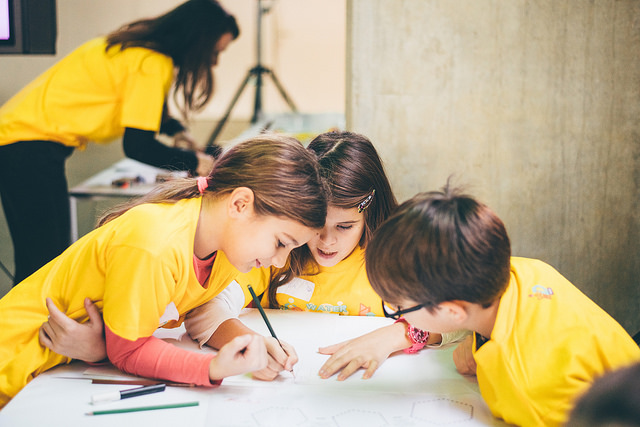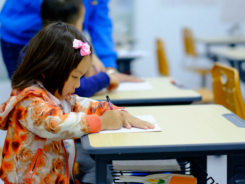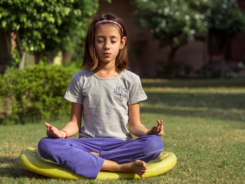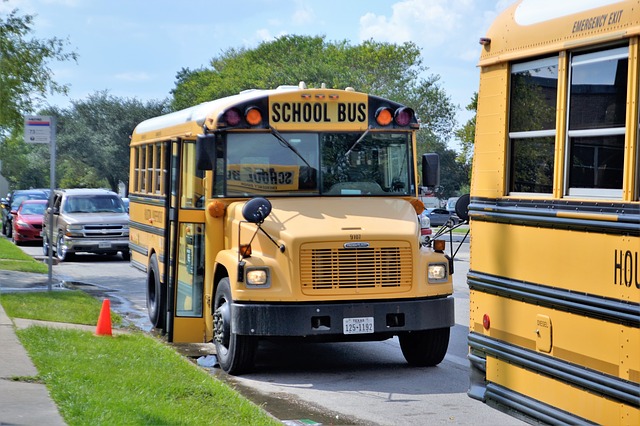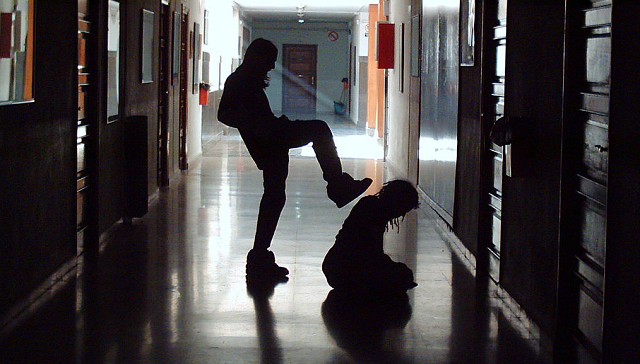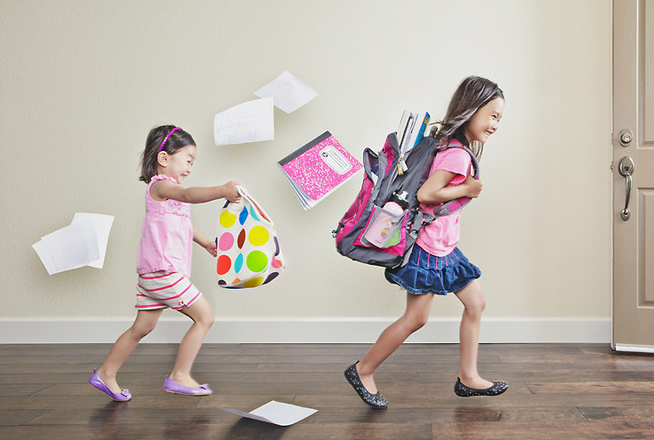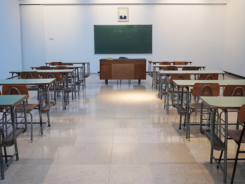Being a student can be tough. Starting from early mornings to constantly mug new concepts the whole day even if it does not interest you. Being in company of teachers who they might not get along with, and bullies. Factored in by their home life and social life, also the peer pressure. Quite a load at a tender age may overwhelm them. But what do we do when they get out of their expected track? We punish them. We send them to detention, adding to the frustration.
Effectiveness of Detention
Looking back, I can’t recall anything positive about detention. Talking of how I felt, it just added more hatred in my heart towards the authority. The case was the same for my peers. Yes, we wanted to avoid detention. But did it change our outlook towards the real problem? No, instead it created an ineffective learning environment where major learnings were missed.
Mindfulness – A radical solution
The futility of detention remains a concern for educational institutes. With incoming innovations, a radical approach has been gaining quite the traction – Meditation.
In 2016, Robert W. Coleman Elementary School, Baltimore, USA, started sending misbehaved kids to quiet rooms full of the fragrance of essential oils to sit on the floor and relax. Situated with the help of the Holistic Life Foundation, this room serves as the cooldown room for teachers and students who are looking for calm. Disruptive students are recommended to this room and normal students can also enter with permission.
The Mindfulness instructor engages with students for five minutes with active listening, added by 15 minutes of mindfulness practice based on the needs of students. Mostly breathing exercises are conducted, but yoga is also practised. With the routine, students get to reset their emotions to continue their day.
Results of the Mindfulness Room
As expected, the students have shown remarkable outputs.
Reduced referrals, zero suspension
Most of the students are rowdy and goofing around upon entering the room. But when they leave, they are calm and ready to do their work. After the meditation room, students are sent for disciplinary issues rarely. Also, zero suspensions have taken place in the year since its inception.
Mindfulness in the air
The mindfulness should not be limited to the meditation room. It was taken by the school far and beyond with guided meditation over the intercom. Practising yoga during and after school has proven to improve make a huge impact.
Better control over emotions
Students of the school believe that they have better control over their emotions after the meditation. They can see think clearly about their actions and improve upon them. Many positive comments are on the Holistic Life Foundation’s website.
Feasibility of Mindfulness
We have established how mindfulness has benefited the students of Baltimore. But how feasible is the idea of meditation over detention?
According to a study in JAMA Internal Medicine 2014, mindful meditation can soothe psychological stressors like anxiety, depression and pain. However, its impact on children is still under study.
However, giving these students a chance to quietly relax, and practise mindful meditation has shown positive outcomes. Meditation heavily outweighs the results of detention. We think more and more schools should adopt this. As of now, a plethora of institutions have already taken it into consideration and are cherishing the results.




